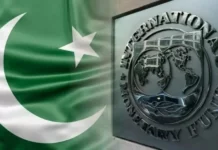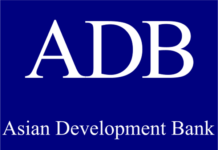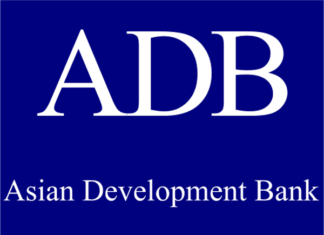Sri Lanka’s parliament approved a domestic debt restructuring plan on Saturday that is crucial to continue a $2.9 billion bailout from the International Monetary Fund (IMF).
The plan passed with a majority of 122 votes in the 225-member parliament.
Sri Lanka tumbled into its worst financial crisis in more than seven decades last year after the country’s dollar reserves shrank to record lows, triggering mass protests, a foreign debt default and the resignation of its former president.
“This debt restructuring plan is essential for Sri Lanka to meet the target set by the IMF agreement to reduce debt from the current 128% of GDP to 95% of GDP by 2023,” State Minister of Finance Shehan Semasinghe told parliament.
“We are doing this while protecting banks, depositors and pensions.”
Opposition parties called for more transparency in implementing the plan and stronger protection for pension fund holders.
“This restructuring will disproportionately affect pensioners and that is an extremely unfair move by the government,” said opposition leader Sajith Premadasa.
The island’s economy improved it secured the$2.9 billion bailout from the IMF in March, which helped tame inflation, improve dollar inflows and appreciate its currency.
Sri Lanka is asking international bondholders to take a 30% haircut and is seeking similar concessions from investors in its domestic dollar-denominated notes.
Implementing the domestic debt plan is also crucial to push forward negotiations with bondholders and key bilateral creditors China, Japan and India.
Sri Lanka aims to finalise debt restructuring talks by September.























